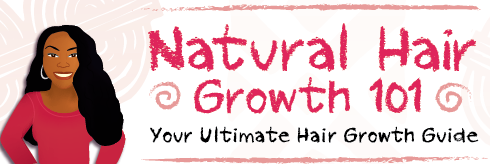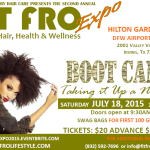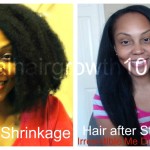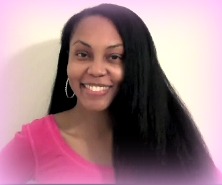How to Dry Natural Hair
Air Drying
I had to change my natural hair care routine in order to grow my hair long. If you find that blow drying causes you breakage or you just don’t like doing it, you may want to give air drying a try. I paid attention to my hair and realized that blow drying was one of the culprits of my breakage. I am not completely against using a blow dryer but I air dry my natural hair the majority of the time. The combination of heat and manipulation required to blow dry my natural hair was too much for my hair to handle while trying to reach my hair length goals. Air drying tends to work best if you plan on doing a curly or protective style.
1) Towel dry your hair with a microfiber towel. It helps absorb excess water.
2) Apply a quality leave in conditioner (this should be part of your natural hair care regimen already). This helps hydrate your hair and smooth the cuticles.
3) Layer the leave in conditioner with an oil. I personally like safflower oil because it is full of ceramides. This is the step that some people skip. The oil helps to hold in moisture and will help your air dried hair be soft and have sheen.
*Some people have asked where I find my safflower oil. If it’s not at your local grocery store try ordering it online from Amazon.
4) Set your hair using a method to “stretch” it out. I prefer braids, large twists, or bantu knots.
5) Optional- apply a butter to help hair “stretch” and elongate. I like to concentrate shea butter
on my ends because it helps prevent single strand knots.
Note: I usually do this prior to going to bed and allow my hair to air dry over night.
For more breakage reducing tips read my information on the 3 M’s of Natural Hair Care.
Hooded Dryer
So let’s say you don’t have time to air dry or it’s just not your preference. When I can’t air dry my natural hair or I want a smoother set I use a hooded dryer.
I follow the same steps that I list above except I set my hair using bantu knots or rollers. The larger your sections are the more stretched out your hair will be.
1) If you are going to use a hooded dryer invest in one that uses ionic heat. It will leave your hair feeling soft, smooth, and not as dried out as you may notice with other types of heat.
2) If you are going to sit under the dryer for a long period of time you may want to consider using a silicone based heat protectant.
A hooded dryer is a great investment if you will do your natural hair care at home. Use it for styling and deep conditioning.
Blow Drying
If time doesn’t permit me to air dry or sit under the hooded dryer then I resort to blow drying. Blow drying is not part of my normal natural hair regimen, but sometimes it can’t be avoided. I really find this the most damaging of all the methods, especially if done frequently. However there are times when blow drying is the best option. If I plan to flat iron my hair then I prefer to blow dry first for best results. Even though this isn’t my preferred method, when I do blow dry my hair here are some things I do to minimize the damage.
1) I towel dry my hair FIRST. Blow drying soaking wet hair takes forever and leads to more breakage because my hair is more fragile.
2) Always use a heat protectant!!! Do not skip this step when you are blow drying. A silicone based heat protectant will help prevent damage from the heat.
3) Use a dryer that has thermal ionic technology and preferably a cool setting as well.
4) Remember that you are blow drying, not blow frying. Do not dry your hair to the point that it feels like straw. You should still feel a slight softness and moist (not damp) feeling.
5) Use a large tooth sturdy comb attachment instead of a brush or fine tooth comb to minimize the damage from excess manipulation.










dry your hair naturally,don’t use hair dryer for hair at high temperature.
Nice post dear.. I m fed up of my falling hairs.. Will try your suggestions. Hope they will work.